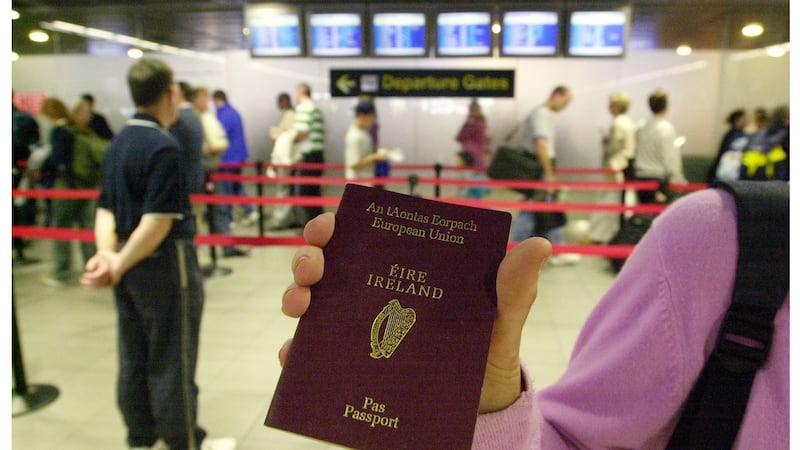It was a tale of two countries in Ireland at the start of the last century, with newly digitised data drawn from the 1911 census highlighting the best of times in the east and the very worst for many living along the western seaboard.
The richest of electoral districts were found in Meath and the poorest regions were in Donegal, according to new records published by the Central Statistics Office (CSO).
When looked at through the prism of wealth and poverty, the 1911 census reveals that nine of the 10 wealthiest counties were in Leinster while seven of the 10 poorest were in the west.
As an indicator of wealth per person within a geographical area, the CSO looked at the given valuation for an area and then divided it by the population registered within it.
RM Block
Meath was identified as the wealthiest county at the time of the 1911 census with a monetary valuation per person of £8.51. The poorest county was Mayo with an average valuation per person of £1.68.
The richest electoral district was Culmullin in Dunshaughin, Co Meath, where wealth was put at £20.97 per person.
Bodenstown in Co Kildare, Rodanstown (also in Dunshaughlin) and Cloonacurry in Co Kildare also featured in the top five, with the average wealth put at between £19 and £20 per person.
The only electoral district in Dublin city to feature in the top 20 was the south city ward, where average wealth was said to be £17.29
Out of the 20 poorest electoral districts, 11 were in Connacht and eight were in Donegal, the highest number for any county.
The average wealth in Annagary in the Glenties area was put at just £0.23, followed by Crovehy (also in Glenties), Meenaclady in Dunfanaghy, Achill in Co Mayo and the Glenties area of Aran.
None of the bottom five had a higher average wealth than £0.32, while not one electoral district in the bottom 20 had an average wealth per person of more than £0.48.
The release is part of the CSO’s Historical Statistics Recovery initiative which began last year and aims to recover data contained in Irish historical statistical publications and make it accessible to all.
The Census of Ireland, 1911 is the first publication in this initiative where a selection of tables has been digitised.
“We were able to use population and valuation statistics published in The Census of Ireland, 1911 to gain insights into wealth and poverty in the country at that time,” said CSO statistician Eimear Crowley.
“It was notable that poverty along the western seaboard was more acute when compared with the rest of the country, and particularly, when compared with counties in Leinster.”
Ms Crowley said the initiative had been driven by volunteers within the CSO “who are committed to ensuring this valuable information will be made available to all over time”.
“Making the data available online allows historical statistics to be preserved in an electronic format as well as aiding the discovery of new insights into our past.”



















